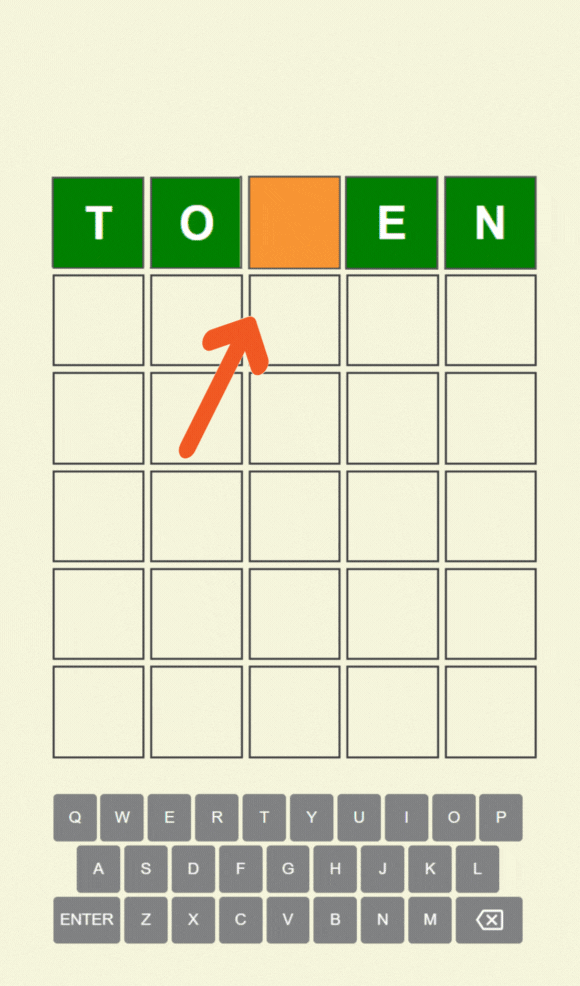Recent statements from Bitwise CEO Hunter Horsley have reignited debates on Bitcoin’s limited supply, emphasizing its unique scarcity compared to traditional fiat currencies and gold. While global fiat supply has increased by an average of 14% annually over the last 60 years, the U.S. dollar has grown by 7.4%, and gold by 1.5-2%. In stark contrast, Bitcoin’s growth is merely 0.84%, marking the lowest increase rate in the market.
Understanding Bitcoin’s Scarcity and Supply Growth Rate
The Bitcoin  $105,048 protocol is capped at 21 million units. This fixed supply ceiling nurtures a perception of Bitcoin as “rarer and more valuable” among individual and institutional buyers. Horsley notes, “Today, Bitcoin is the scarcest store of value,” highlighting its significantly lower growth rate compared to traditional assets.
$105,048 protocol is capped at 21 million units. This fixed supply ceiling nurtures a perception of Bitcoin as “rarer and more valuable” among individual and institutional buyers. Horsley notes, “Today, Bitcoin is the scarcest store of value,” highlighting its significantly lower growth rate compared to traditional assets.
Approximately 165,000 new Bitcoins are expected to enter circulation today. This figure suggests a stagnation in supply despite rising global demand. As supply growth slows, the reluctance of long-term holders to sell further restricts market liquidity. Essentially, Bitcoin’s mathematical scarcity is central to its price fluctuations.
Adjusting Market Balance with Rising Institutional Demand
In the first quarter of 2025, certain public companies added nearly half of the produced Bitcoin to their reserves. Through ETFs, custodial services, and balance sheet investments, these moves illustrate a growing pace in institutional purchases. Major fund managers including Bitcoin—the “cryptocurrency leader”—in their portfolio diversification strategies bolster the demand side.
The impact of the stable supply and rising demand balance on prices remains a point of curiosity. Despite minor pullbacks in recent weeks, analysts suggest that if institutional interest persists, prices may stabilize in the medium term. Market observers summarize this scenario as “the demand fire continues while the supply tap remains closed.” Investors stay vigilant at their screens, ready to seize potential market volatility opportunities.

 Türkçe
Türkçe Español
Español










